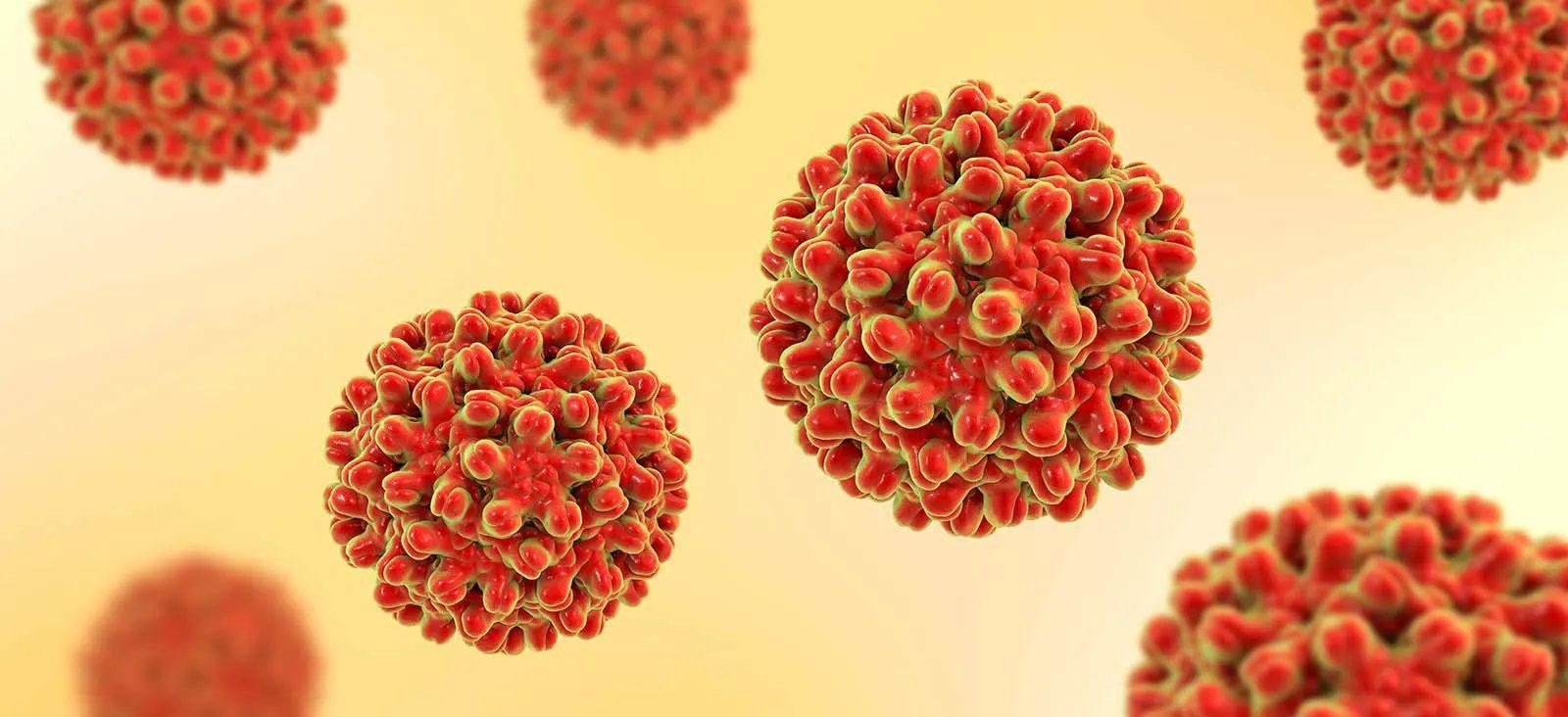HBV
Useful For
- Detection and quantification of hepatitis B virus (HBV) DNA in serum of patients with chronic HBV infection
- Monitoring disease progression in chronic HBV infection
Aliases
- HBV DNA
- HBV PCR
- HBV Quantification
- HBV DNA Quantitation
- HBV Viral load
- Hepatitis B Viral Load
- Hepatitis B Quantitation
Specimen
|
Specimen Type |
Whole Blood |
Plasma/Serum |
|
Specimen Volume |
Minimum volume of Whole Blood required is 3ml |
Minimum volume of Plasma/Serum required is 1ml |
|
Rejected Due To |
Anticoagulants other than EDTA |
|
|
Notice |
The samples should be stored for not more than 1 days at 2-8°C. For longer delay, freeze at -20°C or below and transport on dry ice. Whole blood must be processed within 6 hours after collection. |
|
The diagnosis of acute and chronic HBV infection is usually made by serologic methods, the detection and quantification of HBV DNA in serum are useful to:
- Diagnose some cases of early acute HBV infection (before the appearance of HBsAg)
- Distinguish active from inactive HBV infection
- Monitor a patient’s response to anti-HBV therapy
The presence of HBV DNA in serum is a reliable marker of active HBV replication. HBV DNA levels are detectable by 30 days following infection, generally reach a peak at the time of acute hepatitis, and gradually decrease and disappear when the infection resolves spontaneously.
Patient care providers are encouraged to use the same HBV DNA quantification assay for serial monitoring of HBV DNA levels in individual patient.
HBV RNA PCR
Method Description
The Realtime PCR HBV DNA Test Taqman Technology:
|
Status |
Days |
Analytic Time |
Maximum Laboratory Time |
|
Routine |
Everyday |
8h |
1days |

